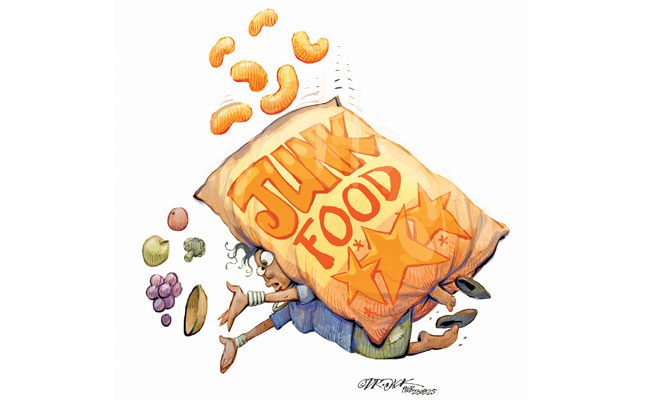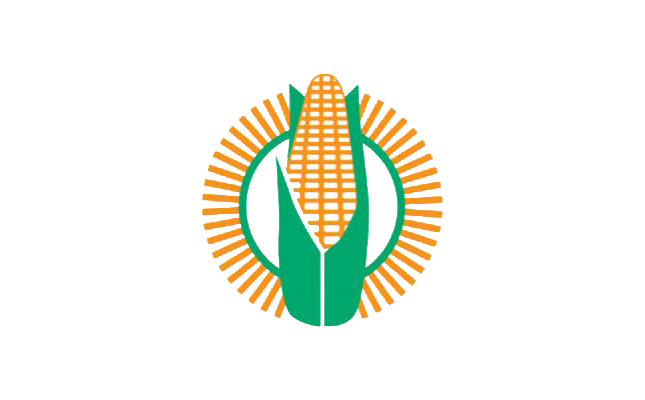
Photo: Jack Swanepoel
Access to food has never been so easy. The global food system has been resilient and able to adapt during the 20th century to many shocks and stressors, such as an unprecedented population growth.
The huge increase in production has exceeded the demographic growth. Yet, a profound transformation is needed for the following reasons: food is today the major problem in public health; the economics of food chains fuel inequalities; and food systems are responsible for major environmental and climatic damage.
However, no great transformation is taking place, for different reasons, including conflicts of interest.
Deeper change needed
Food systems’ resilience depends on the ability to change the very drivers that made them resilient in the 20th century. These systems have been able to evolve in the past under huge and numerous constraints.
Incredible changes have taken place since World War II that have successfully prevented a massive global food shortage. The percentage of population living in countries with sufficient food supply (>2 500kcal per capita/day) has almost doubled from 33% in 1965 to 61% in 2005; the population living with critically low food supply (<2000kcal per capita/day) has dropped from 52% to just 3%.
Similarly, a long-run downward trend of international food prices has been observed up to the mid-2000s. Now, the 155 million acutely food-insecure people in need of urgent assistance are suffering more from persistent conflict or insecurity, economic shocks and weather extremes than from a lack of global food supply.
Thanks to strong progress in agricultural productivity, the food supply more than doubled (2,5 times) between 1960 and 2000, increasing even faster than the doubling of the global population. Production is no longer correlated with cultivated surfaces.
At the same time, upstream (credit, inputs, mechanisation, and irrigation) and downstream corporates (supply chains, agri-food processing, and retailing) involved with agriculture have become bigger and more powerful.
Food market chains (including infrastructure such as roads, storage facilities, and slaughterhouses) have become longer and more complex, while being concentrated on a large part of the food processing that used to take place at the farm or consumer levels.
Many processes were industrialised, food safety was regulated, and huge multinational firms in logistics and distribution emerged.
The question is no longer limited to a problem of improving and smoothing food availability, but of healthy food access all over the world. Rather than being driven by supply shortage, the issue is most often demand related and caused by poverty.
Not only have current food systems failed to eradicate hunger (despite preventing global food shortages), they have also incentivised the spread of diet-related diseases. One billion people will soon be obese, most of them eating too many calories compared to their needs, and at risk of non-communicable diseases such as diabetes, cardiovascular disorders and cancer.
More women involved in economic life has led to an increase in the demand for ready-to-eat, convenient, ultra-processed food, which is often of poor quality.
Nutritious foods are more expensive than energy-dense foods with poor nutritional qualities, and their total cost (defined as the sum of the cost of food items and preparation time) is also much higher than less-healthy ready-to-eat alternatives.
Poverty and inequalities are other underlying causes of all forms of malnutrition all around the world. High-income countries have succeeded in producing cheap calories but three billion people around the world could not afford a healthy diet in 2017.
Change is vital for the future
Transforming food systems so that everyone in the world has access to sufficient quality food is key for current and future generations. Indeed, there is an intergenerational cycle of malnutrition.
Because of inadequate nutritional status of women and inadequate infant and young children child-caring and feeding practices, malnutrition has consequences across generations. Food systems are responsible for an irreversible loss in biodiversity.
Plateauing yields have been reported in several crops and 20% of the world’s cultivated land has lost productive capacity. Food systems are the backbone of economies in many countries, but their relative importance in the GDP shrinks when countries become richer.
Scientific evidence is considered sufficient by a majority of scientists and policymakers to demonstrate that business as usual is not an option and to pay due attention to whistle-blower alerts and to call for deep changes in order to prevent catastrophes and the worst from coming. Increasing productivity to contribute to production and to global supply cannot be the only way to account for expressed future expectations.
Paradoxically, the word revolution has been used to describe a transformation process, namely the Green Revolution, that essentially relied on technological advances and not on social and political changes.
Still, many countries fail to recognise the right to food and to implement rights-based approaches that target the most vulnerable persons. Positions are increasingly polarised when it comes to food-related issues.
Be they about technological advances, market mechanisms, environmental concerns, quality of food, or consumption of animal source products, these issues are often not just about food, but rather about values and distinct perceptions of development models and expectations.











